Above: Ken Goldman. Jacob’s Ladder Triptych, 2015. Chromaluxe print after performance. Photos by Gideon Cohen
What happens if we change the vantage point on Jewish heritage sites?
Do they communicate a more complete story? Does the historical narrative change by offering a broader site context?
Let’s take a bird’s-eye view over the visible and invisible sites in Poland in search of new meanings and interpretations.
Working with Sky Heritage Pictures, I devoted the last two years to revisiting hundreds of Jewish heritage sites in search of new visualizations and a better understanding of Jewish life before, during, and after the Holocaust.
The haunting solitude of the sites is juxtaposed with abundant nature, which slowly eradicates the traces of sites of memory and nonmemory.
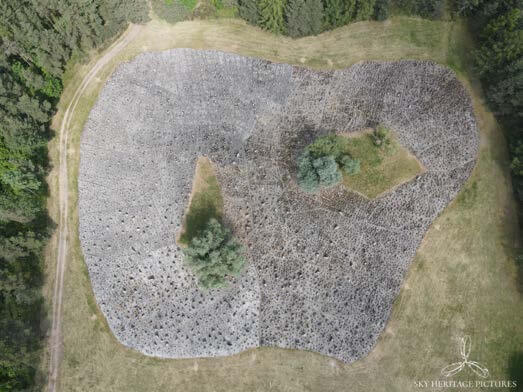
The Treblinka monument, which from this perspective offers a map of the nonexistent Warsaw. Warsaw was the second largest Jewish city in the world, in terms of percentage of the population, before 1939. The civilization of Jewish Warsaw is buried under the concrete slabs of the Treblinka monument erected in the 1960s.
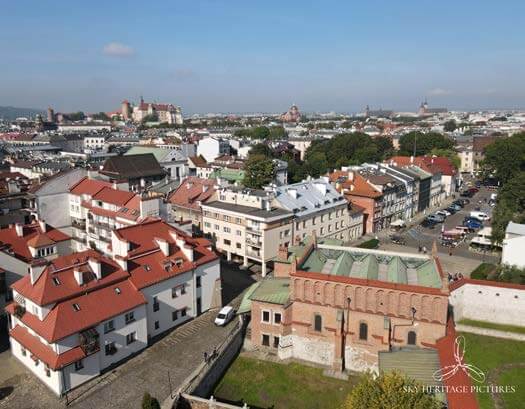
Kazimierz - the one and almost only surviving medieval Jewish district in the world, with the fifteenth-century Old Synagogue in the foreground. Kazimierz ironically and miraculously survived in the city of Krakow, which was doomed by the German Nazis to become their new model judenrein settlement in the colonized east.

Sobibór – every genocide finishes with denial by the perpetrators and silence of the global bystanders. Then it takes decades to break the silence and to build memory of the nonexisting sites. The historical location of the gas chambers in Sobibór was scientifically established only in the twenty-first century. In 2020 a new museum and memorial were unveiled.

Białystok – the gateway to the Litvak civilization up north. The Jewish cemetery is almost the only physical remnant of a once-thriving Jewish population of 54,000. Jews made up 42 percent of the city’s population in 1939.
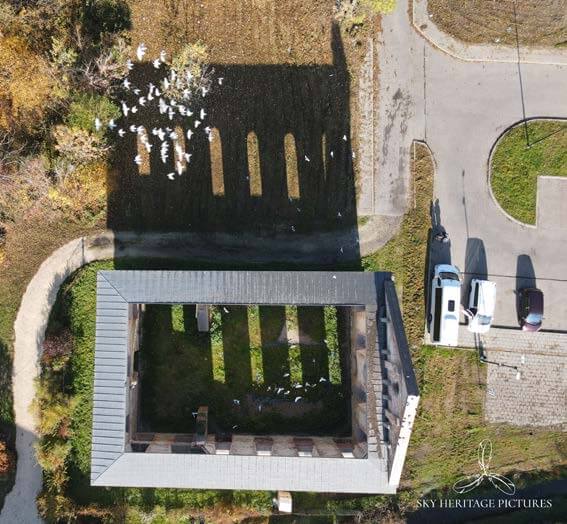
Działoszyce – this Galicia/Russia borderland shtetl amalgamated the Jewish virtues of life and religion into a unique communal experience organized around the mystical past and destined towards a shared future, a future violently destroyed by the German Nazis.
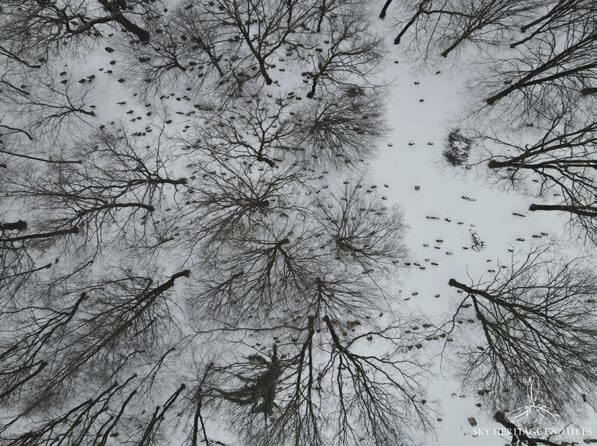
Brzesko – how to make a cemetery alive? Through constructing memory and the mitzvah of perpetual care. After 1945, Brzesko Jewish cemetery had a caretaker, Szymon Platner, whose work has continued and was developed into education by the Brzesko Memory and Dialogue Association.
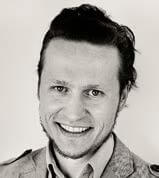
Tomasz Cebulski founded and directs Polin Travel (www.jewish-guide.pl), a Jewish genealogy and tour company; Sky Heritage Pictures, a visual project presenting historical sites from drone vantage point for use by museums, educational institutions; and Teen Flying University, a program promoting history education among Polish youth. Dr. Cebulski is the author of Auschwitz after Auschwitz: History, Memory, Politics (2016), among other publications..